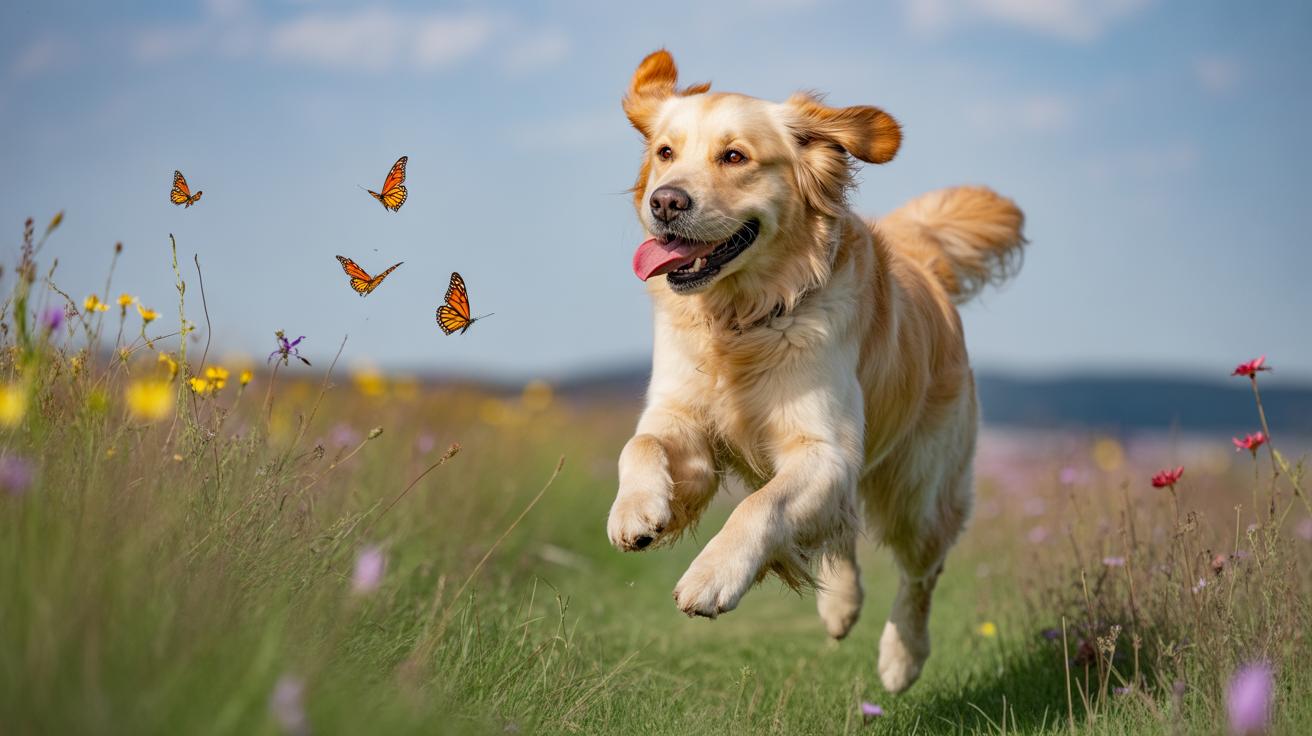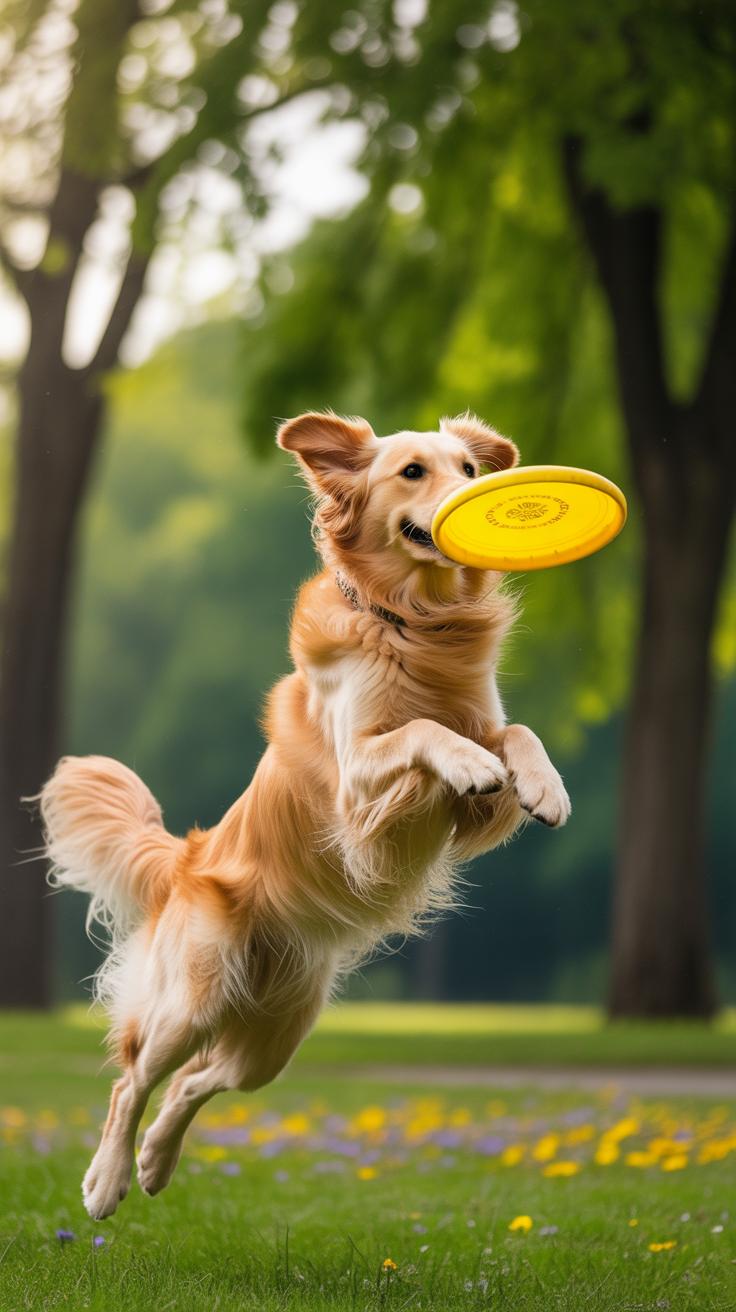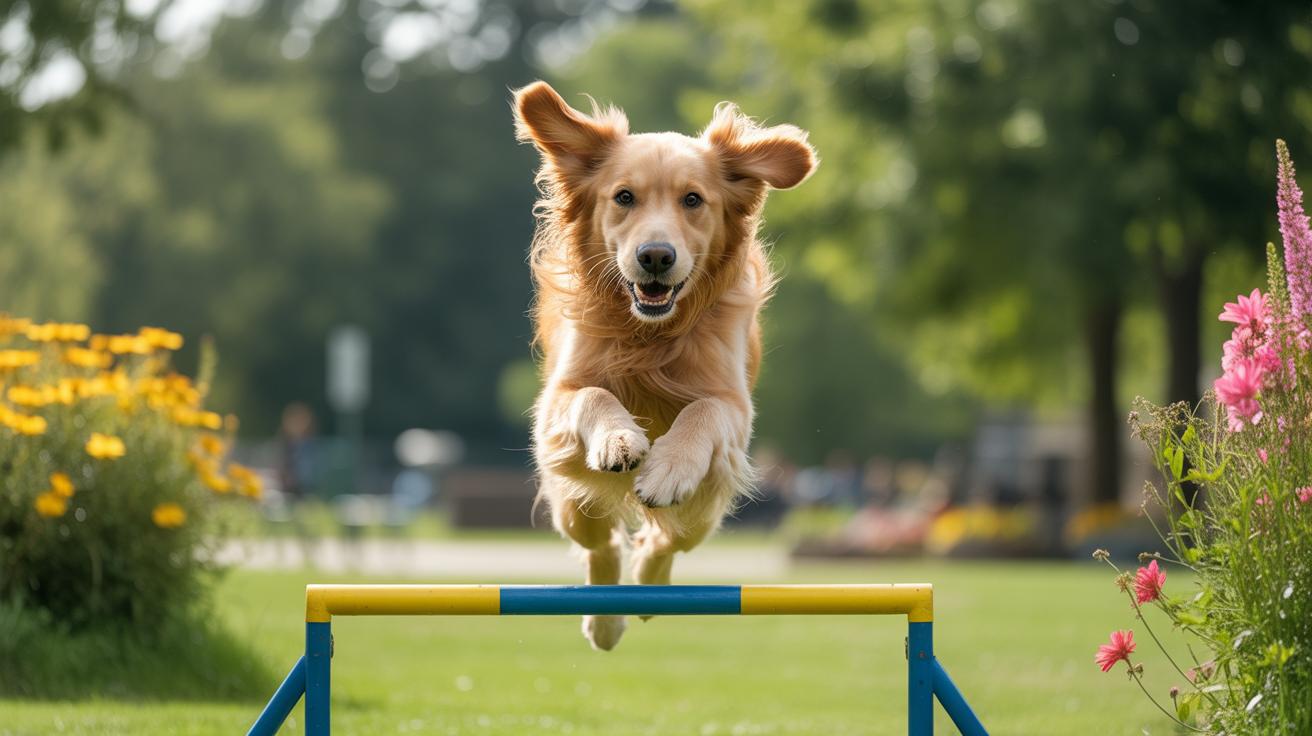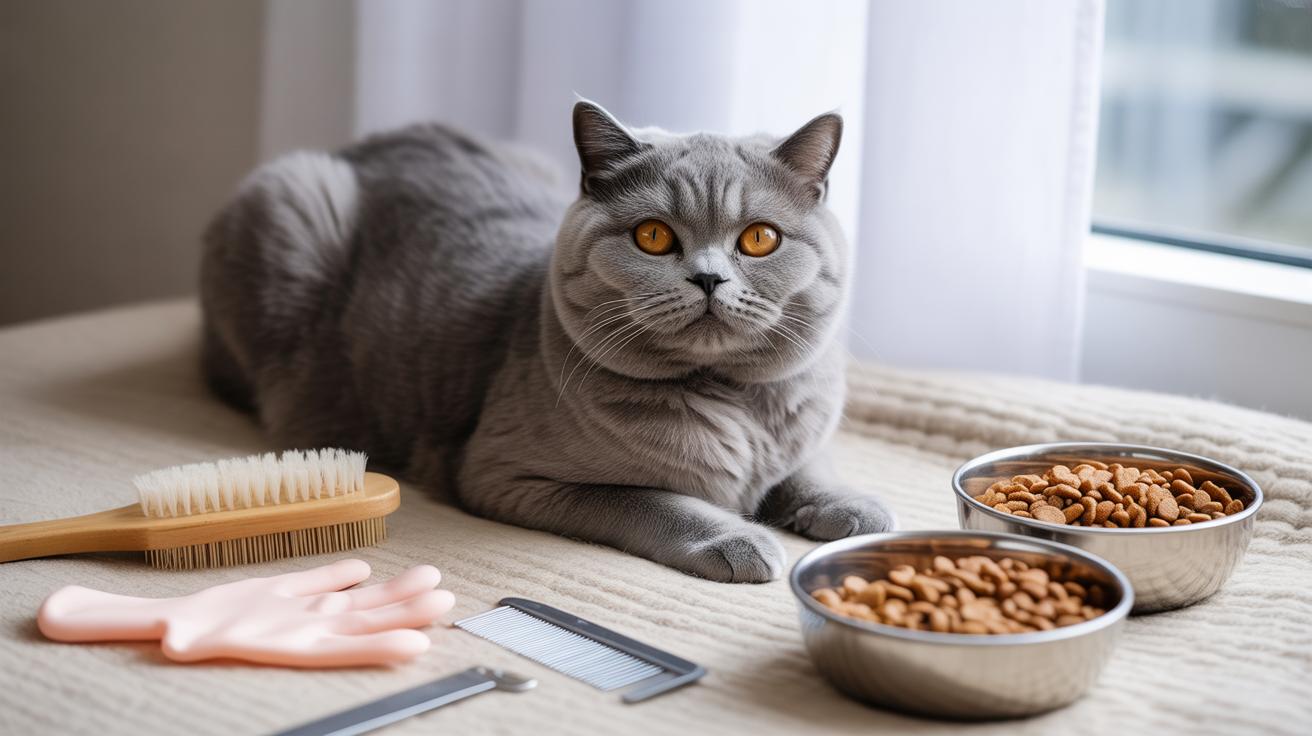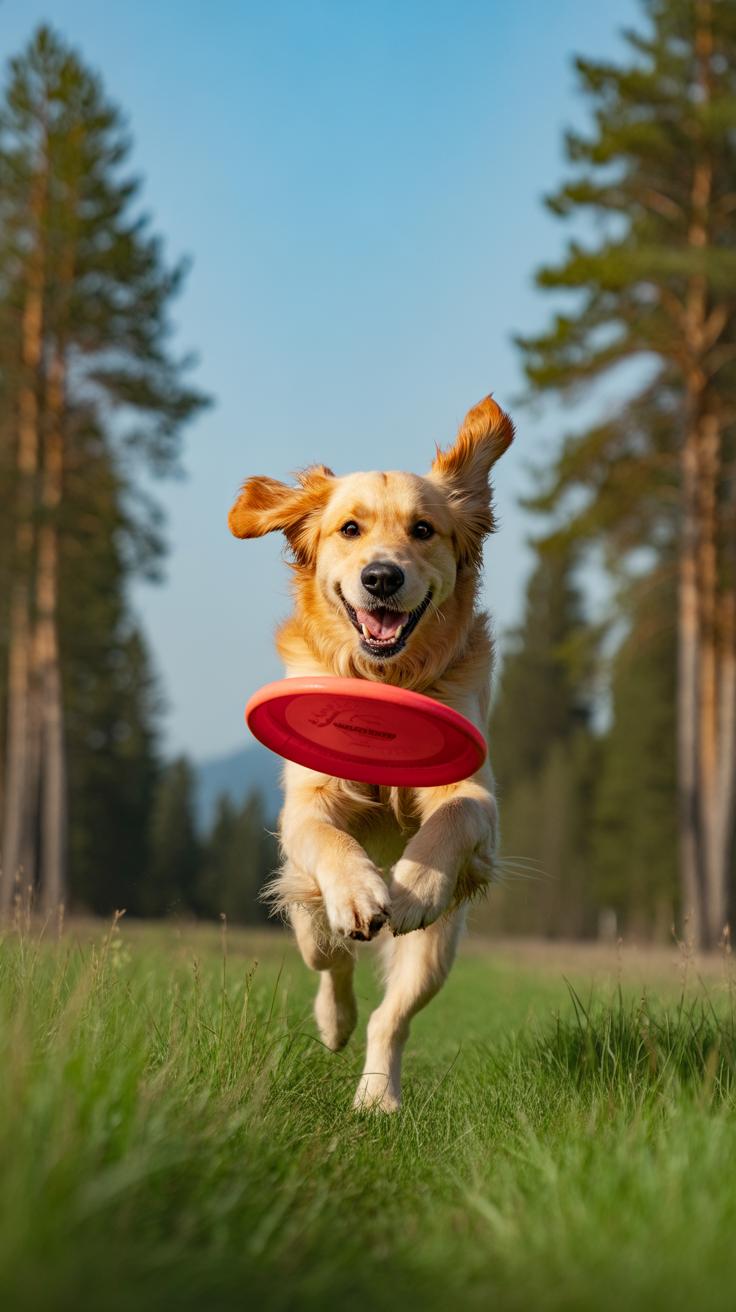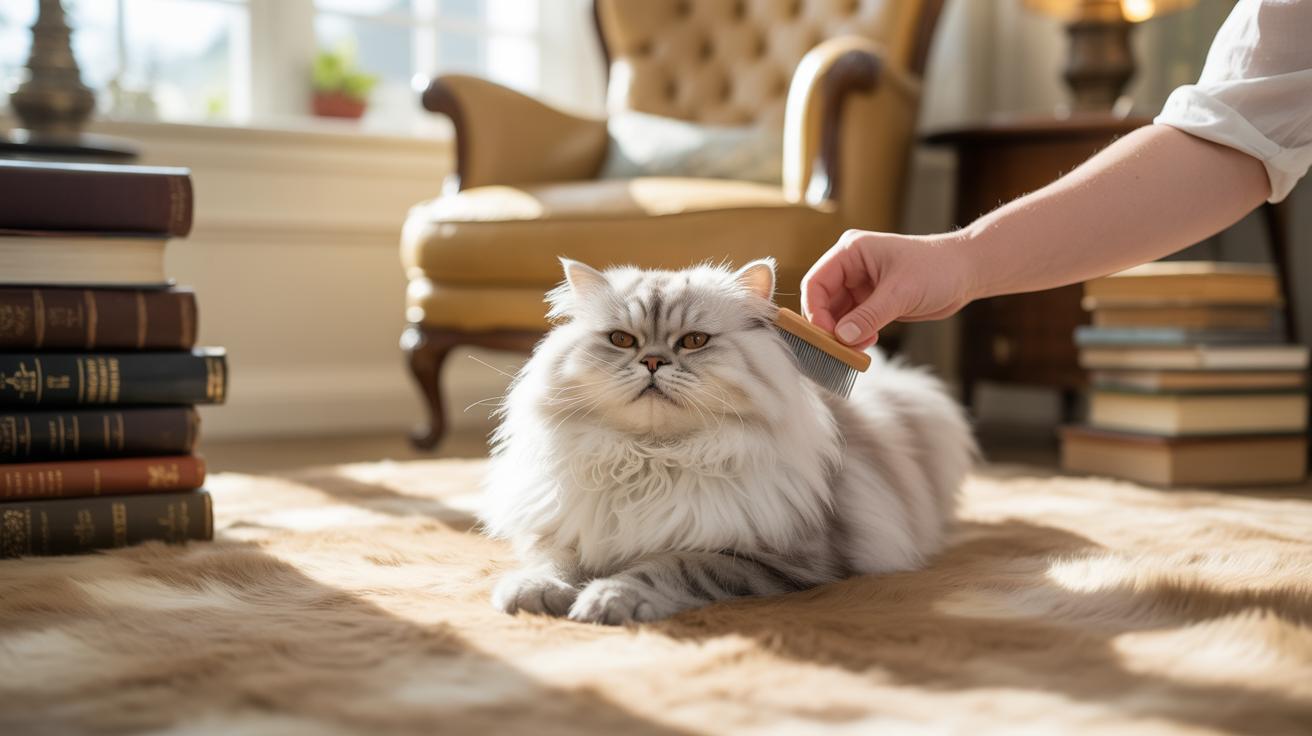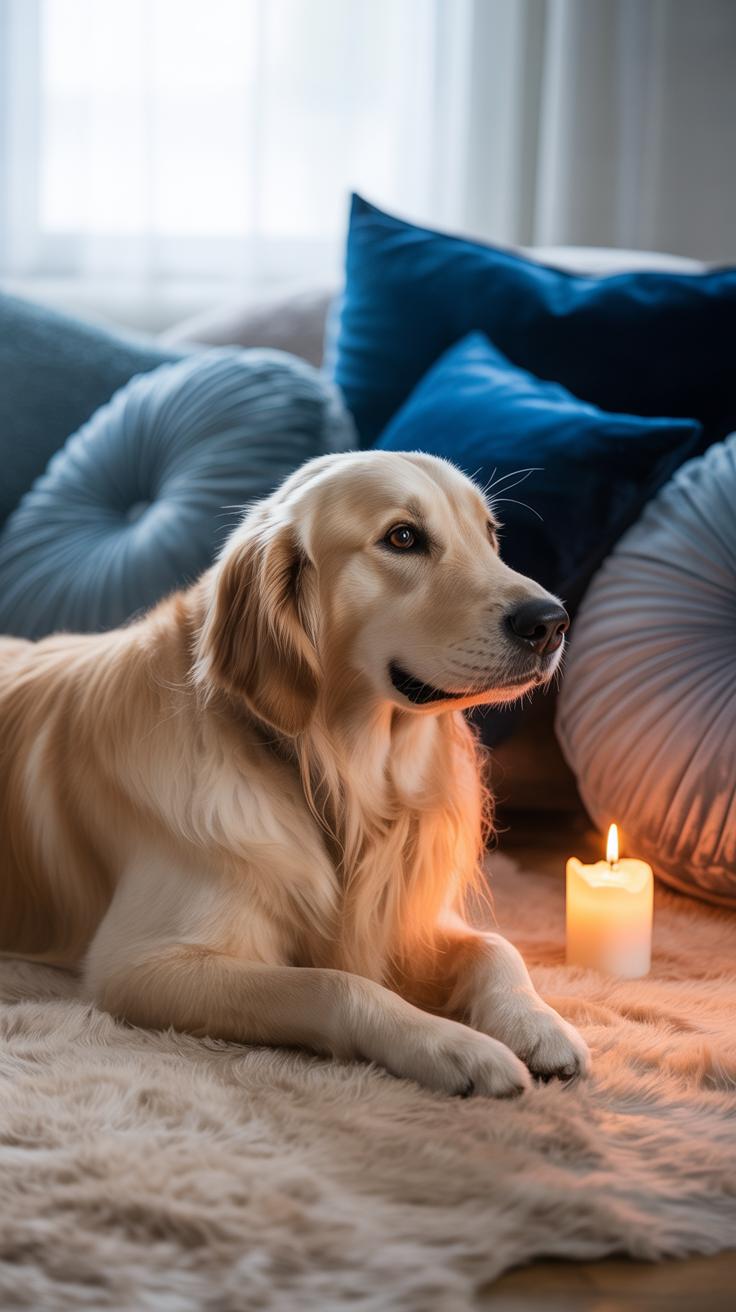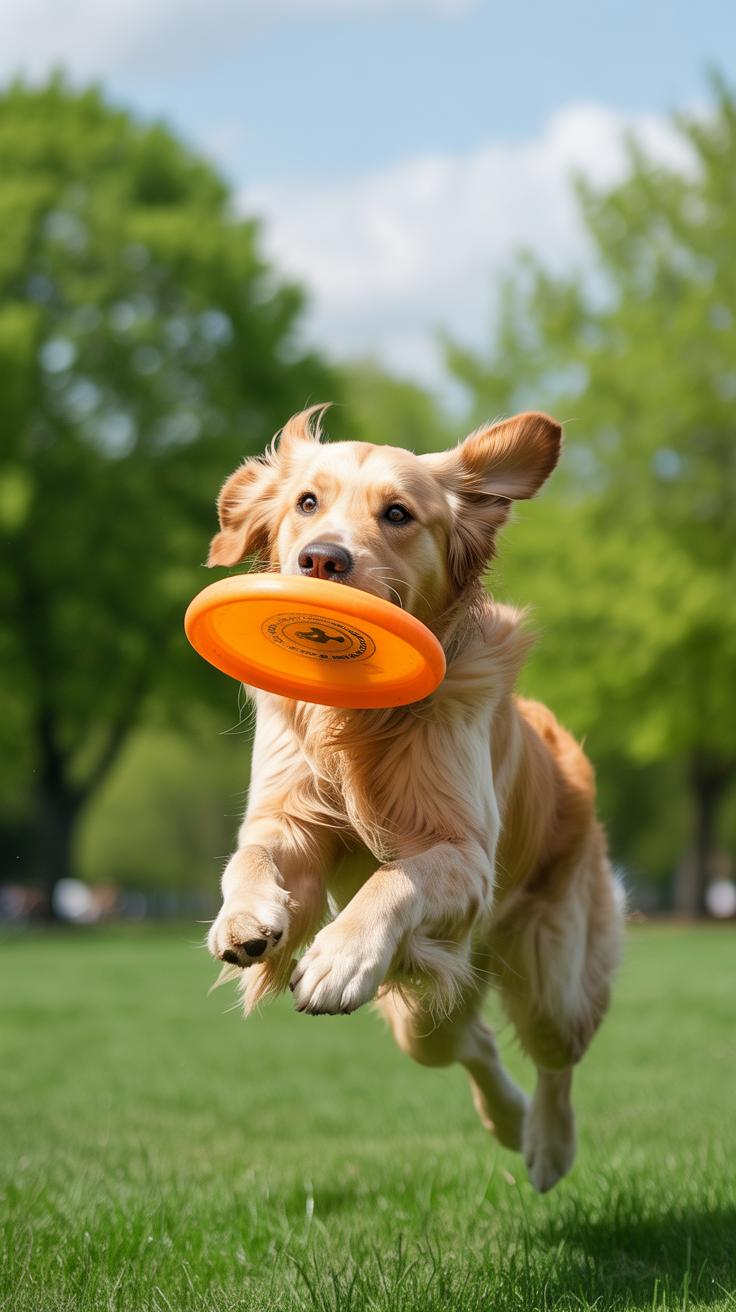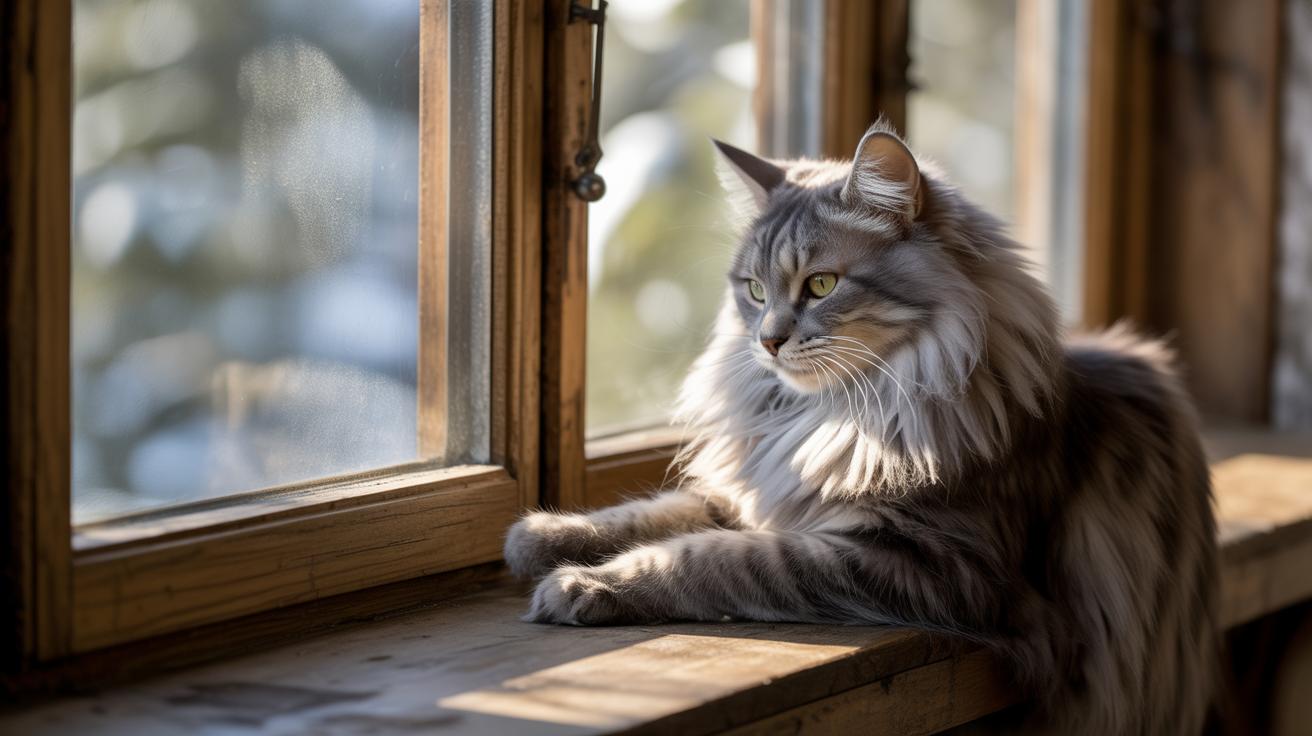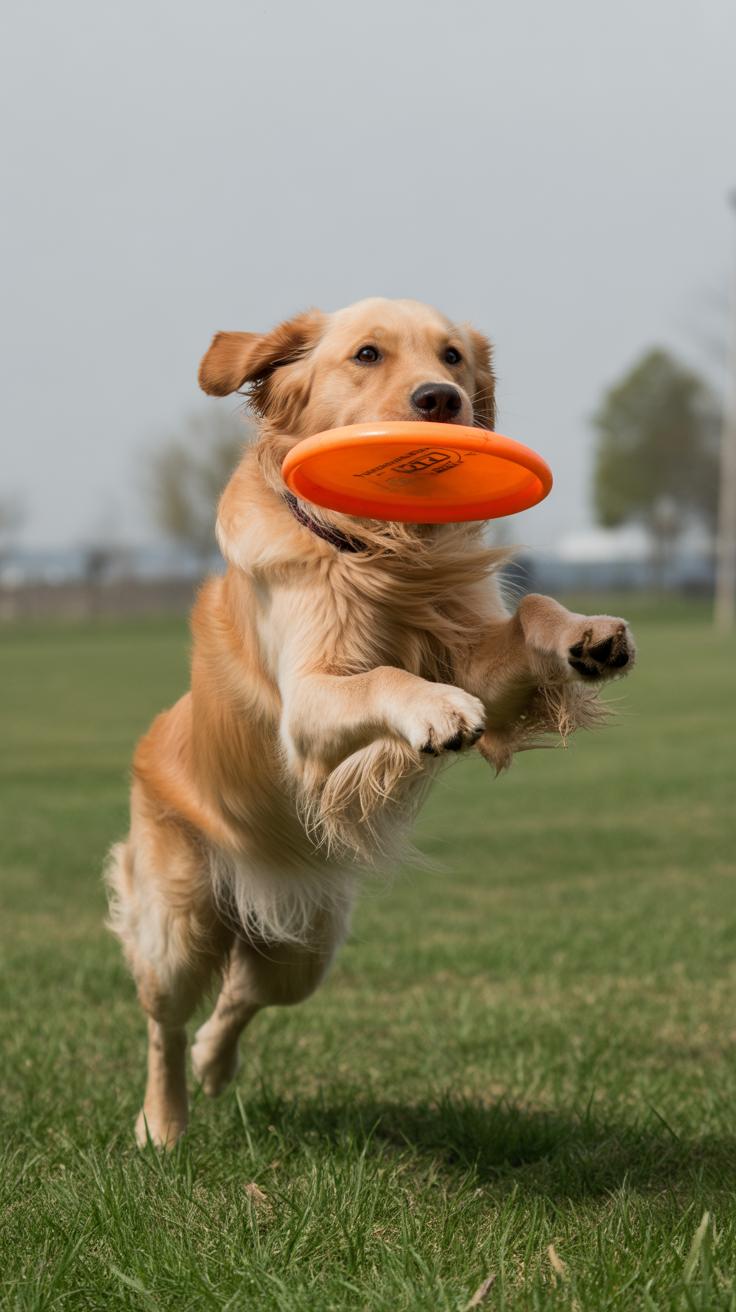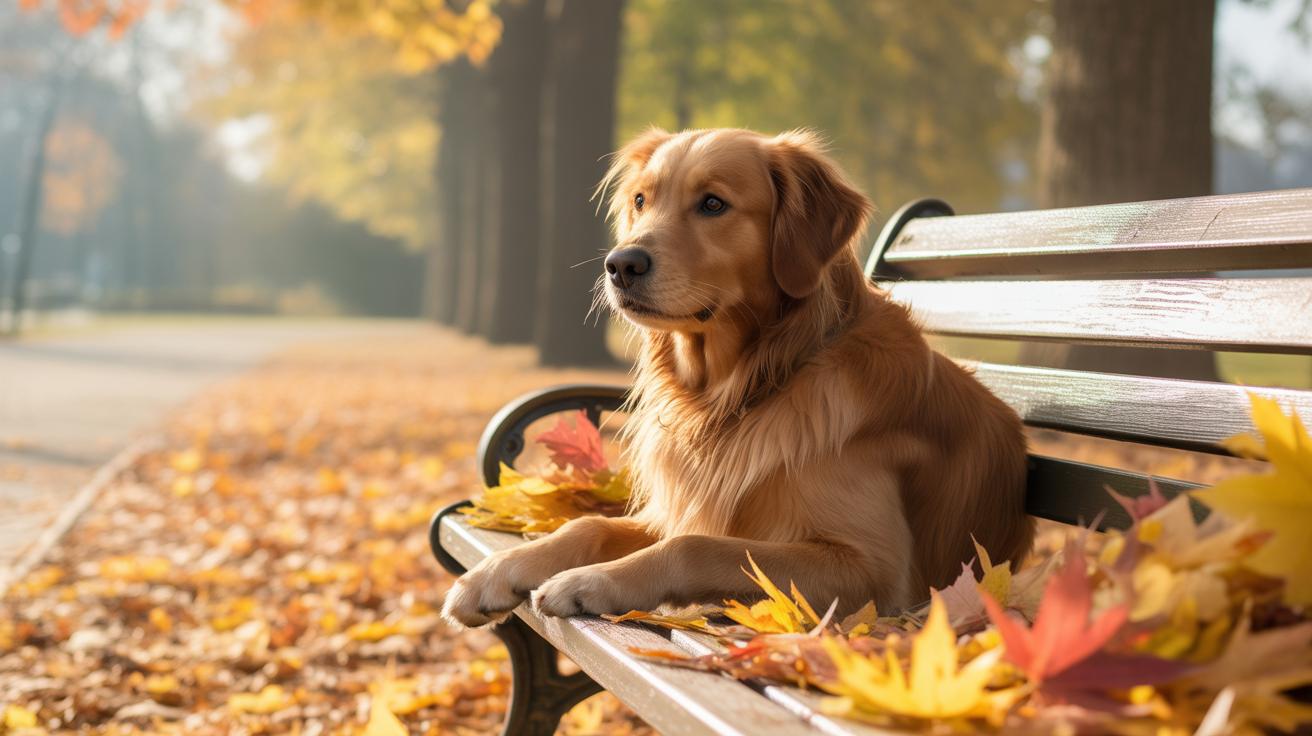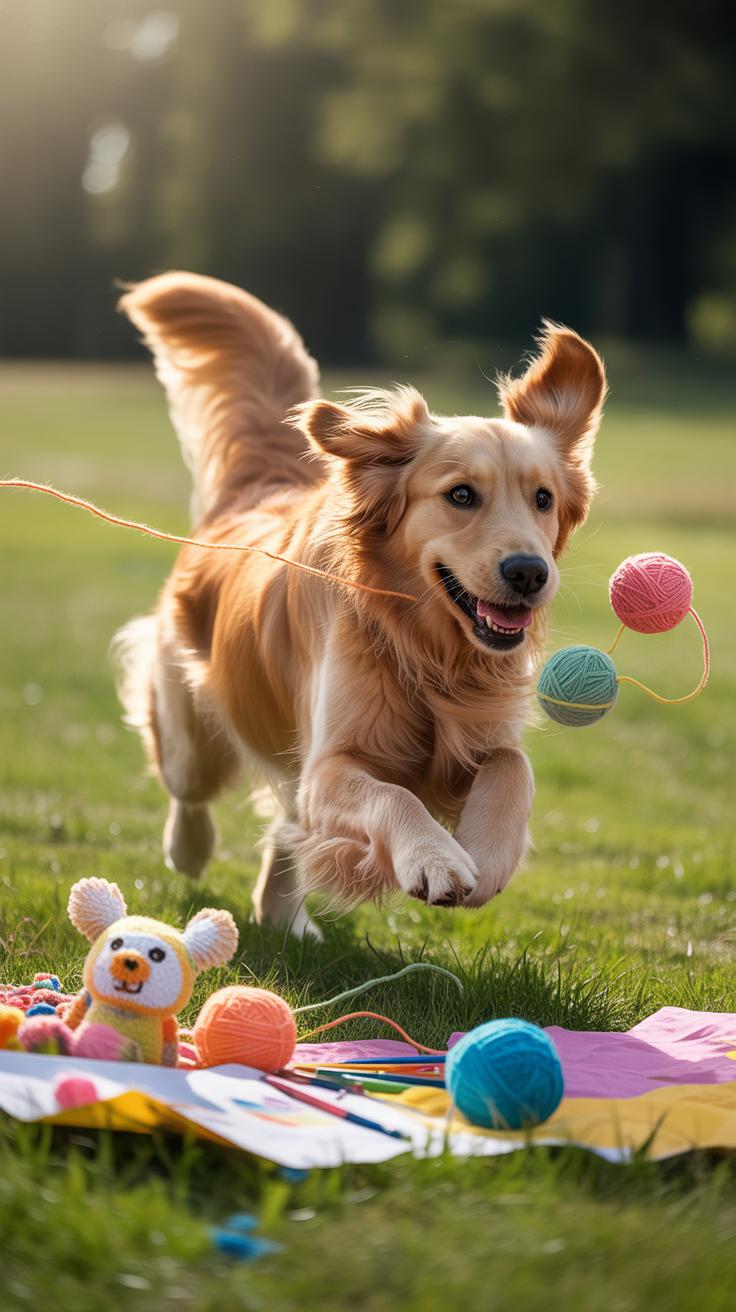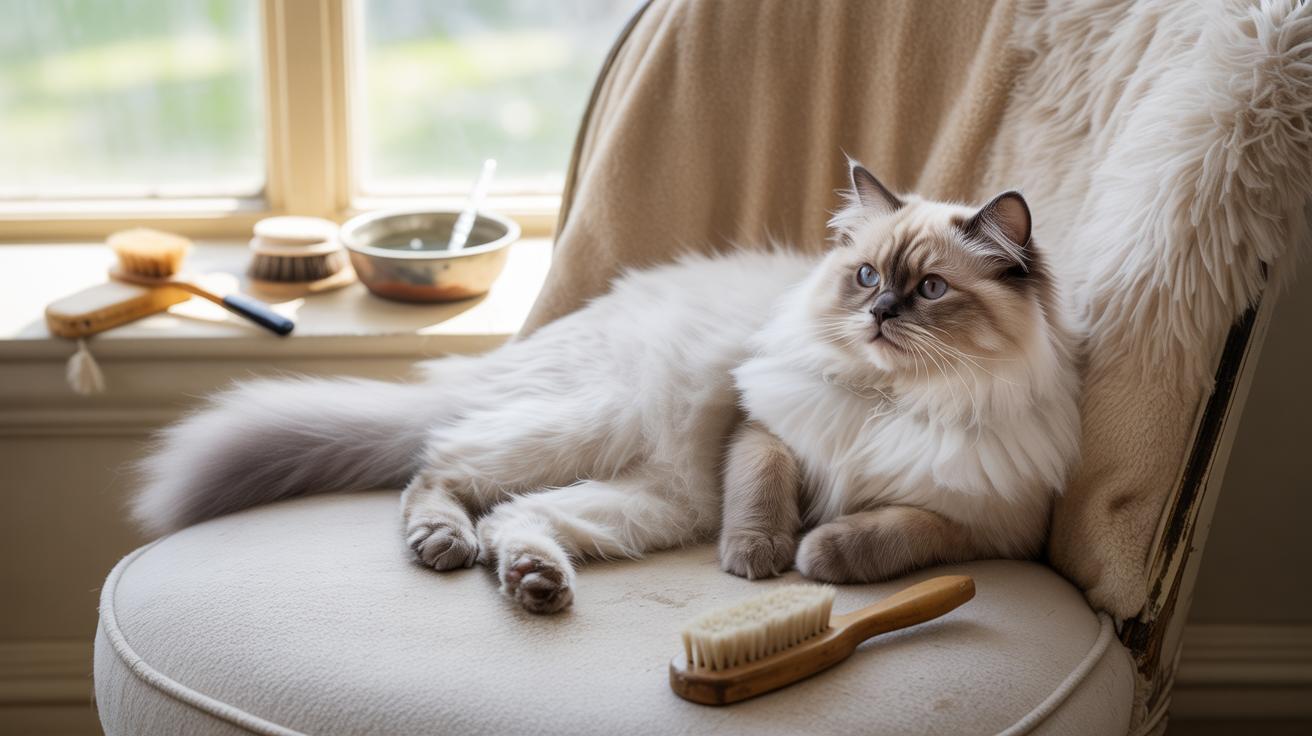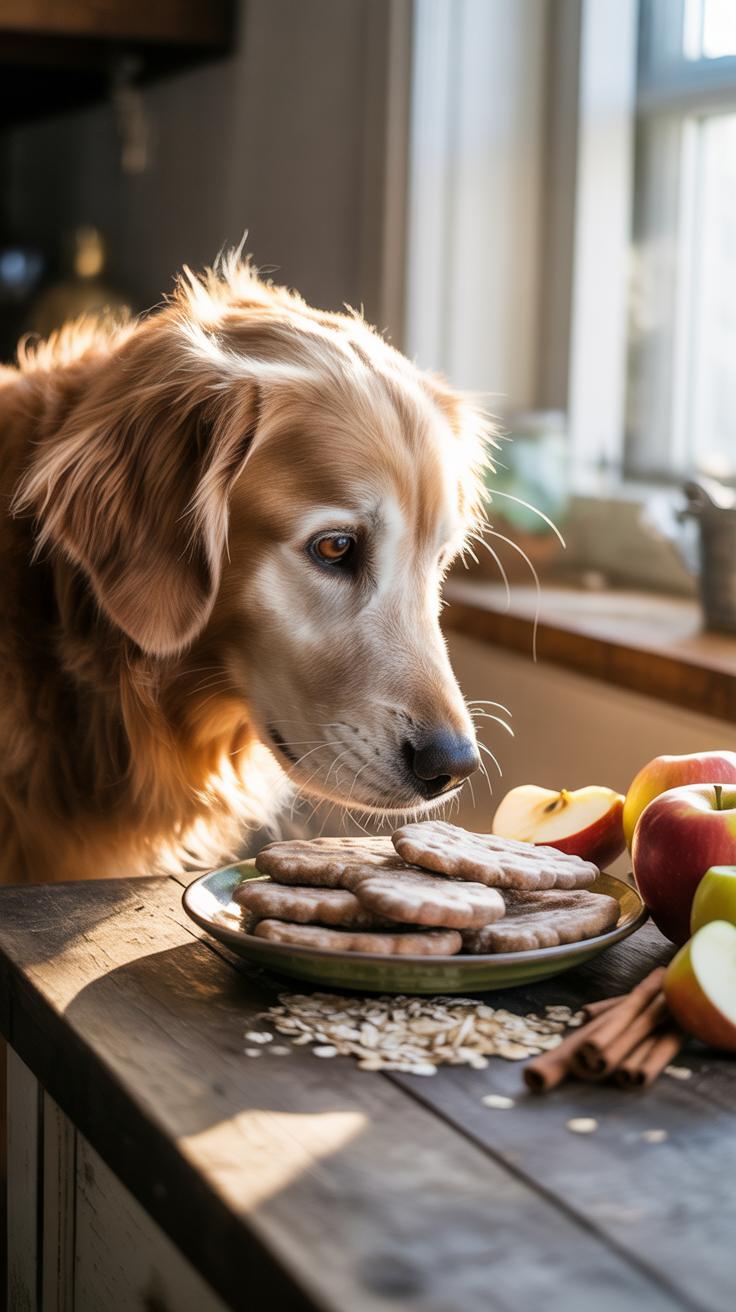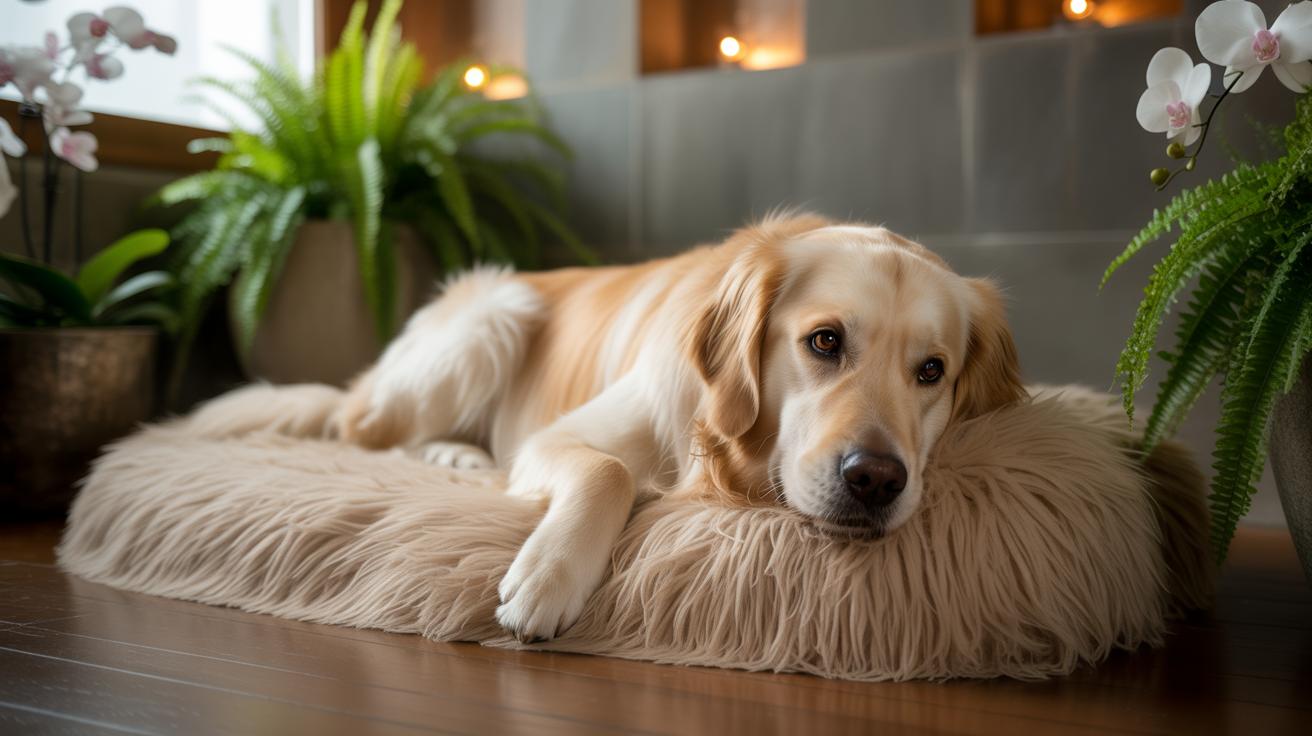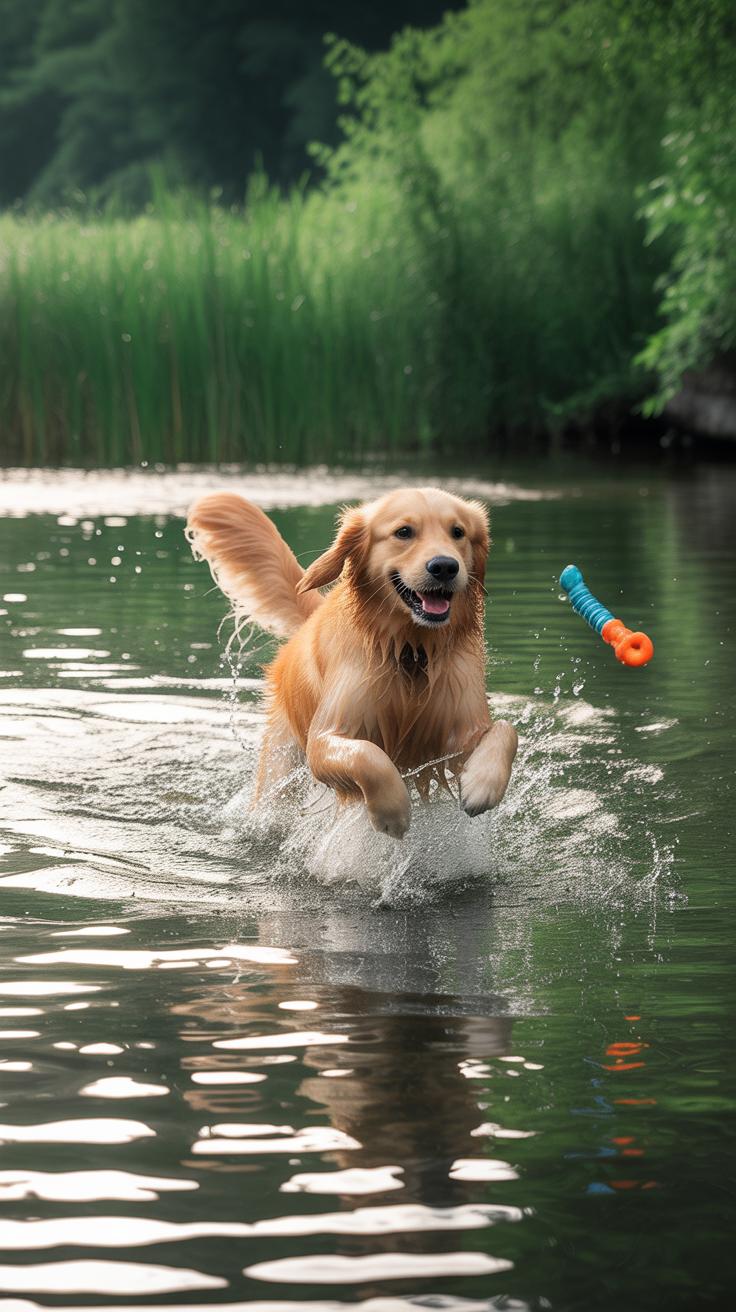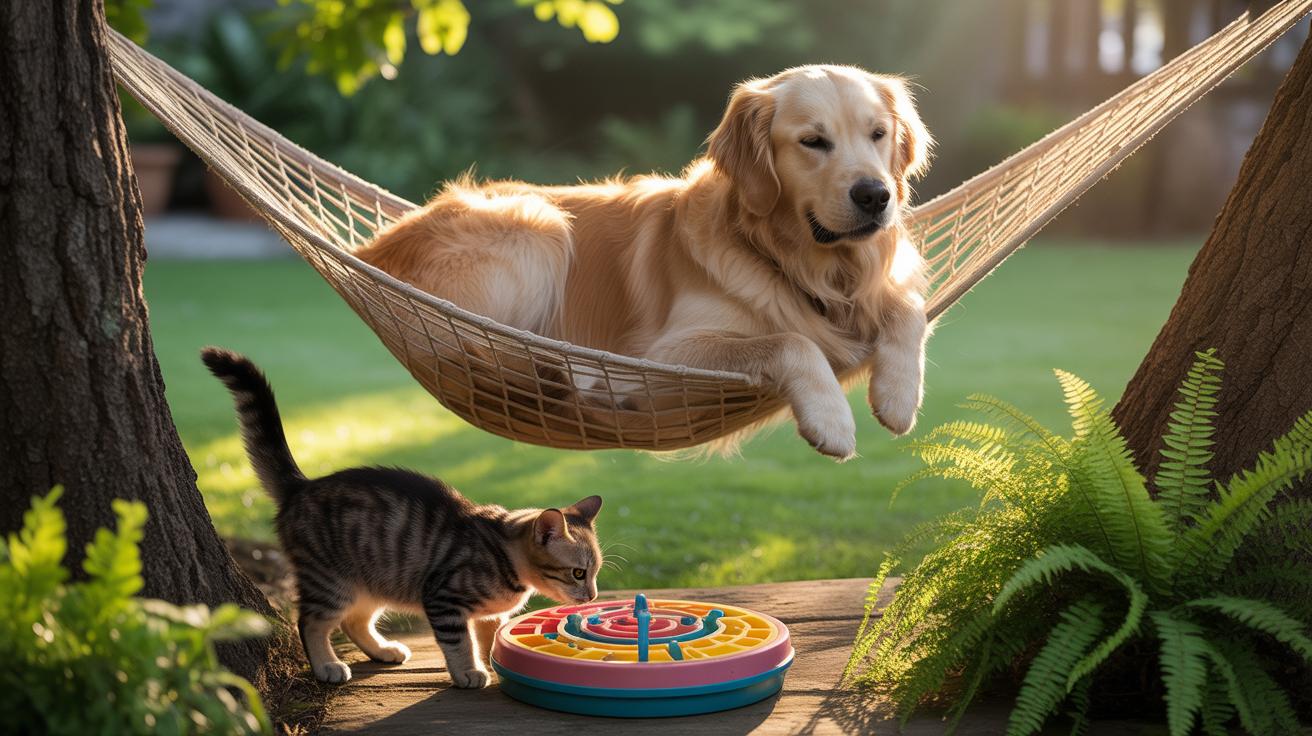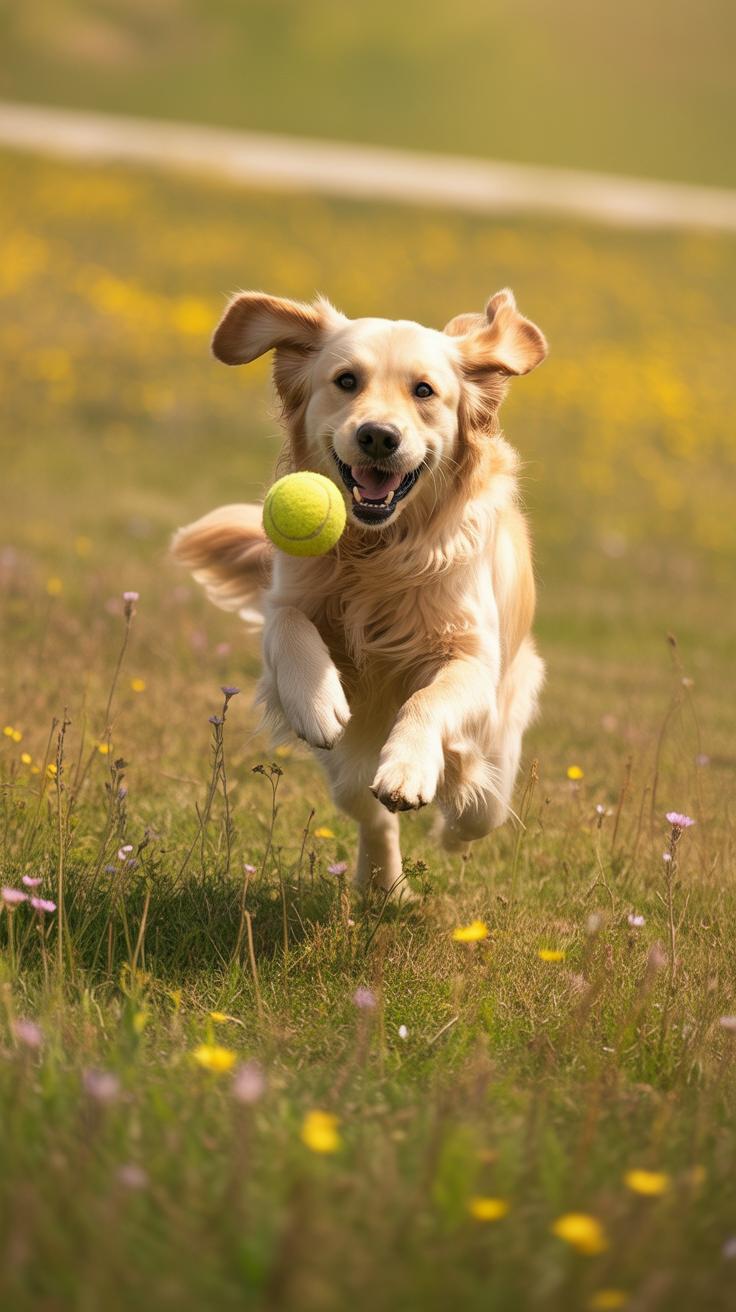Introduction
Planning a pet wellness retreat is a wonderful way to spend quality time with your furry friend. Fun activities can make your retreat experience more memorable and enriching. These activities help create a strong bond between you and your pet.
Whether you prefer outdoor adventures or calm relaxation, a variety of fun activities can fit your retreat style. This article explores activities that promote wellness and enjoyment for both you and your pet, making your retreat fulfilling and joyful.
Fun Activities for Your Pet Wellness
Importance of Fun in Pet Wellness
Fun isn’t just a bonus during a pet wellness retreat—it can be the cornerstone. When pets engage in enjoyable activities, their minds get a break from routine stress, and their bodies benefit from movement and stimulation. I’ve noticed, for example, that my dog seems more relaxed and focused after a playful romp, rather than just a nap.
Beyond the physical perks, these moments offer emotional benefits too. Sharing laughter or a silly game strengthens your connection with your pet. It’s not just about the activity itself but about showing your pet you care through shared enjoyment. Sometimes, that feels more important than the activity you pick. These interactions build trust and can ease anxiety on both sides.
Benefits of Play for Pets
Play helps keep your pet’s brain active while their body gets gentle exercise—both of which can lift mood and reduce stress. Playing with toys, chasing balls, or even simple hide-and-seek games stimulate their natural instincts and encourage alertness.
Here are some simple activities I’ve found easy and effective during retreats:
- Interactive puzzle feeders – they slow down eating and sharpen problem-solving.
- Short tug-of-war sessions – good for muscle engagement and energy release.
- Gentle training games, like learning new tricks, which also offer mental challenges.
Each of these can make your pet feel more confident and content, especially when the surroundings change during a retreat. Fun play is like a reset button for their mood.
Strengthening Your Bond
Doing fun activities together transforms time with your pet from just “caretaking” to genuine interaction. You both learn more about each other’s limits and likes. For example, when my cat finally caught a toy I dangled for days, her proud look made me realize just how much those simple games build trust.
Shared activities create memories, even if they seem small or silly. They encourage pets to seek your company, which can deepen affection and reduce feelings of loneliness. Maybe you’ll find that your pet initiates play more often, a sign they feel secure and eager to connect.
What moments have you shared with your pet that made you feel closer? It’s often the unexpected little joys that matter most.
Outdoor Adventures for Pets
Taking your pet outdoors during a wellness retreat opens up a world of playful exploration and physical activity. Think about hikes or nature walks—these aren’t just simple strolls. Choosing pet-friendly trails can make a big difference. Look for places with soft ground, gentle slopes, and plenty of shade, so your pet doesn’t get overwhelmed or tired too quickly.
These walks help sharpen your pet’s senses. The smell of fresh pine needles, the rustle of leaves, even the subtle changes in the breeze engage their minds in a way that indoor life rarely does. I’ve noticed that after a good walk in nature, my dog seems calmer and more focused, as if the sights and sounds have worn them out in a good way.
When it comes to play, games like fetch or frisbee get your pet moving and thinking. You can toss a ball in a meadow or use simple agility setups—cones, jumps, or tunnels—to test their coordination and keep them mentally alert. These active playtimes offer bursts of exercise that are fun but also improve stamina and muscle tone.
Don’t overlook safety, though. Keep an eye on temperature changes, carry water, and use a leash in unfamiliar areas. There’s something satisfying about watching your pet sprint after a frisbee or carefully sniff along the trail, but you want the experience to be safe, too.
Relaxation and Calm Activities
After a day filled with hikes and play, your pet might need time to unwind. Massage can be an excellent way to help them relax and ease any tension in their muscles. It also encourages better blood flow, which can speed recovery after exercise. You don’t have to be a professional to give your pet a soothing massage. Start with gentle strokes along their back, moving from their neck toward the tail. Using your fingertips, apply light pressure around their shoulders and hips. Many pets seem to respond well to slow, circular motions on their chest and legs. Watch their reactions—it’s your best guide.
Quiet time is just as valuable. Low-volume music or even nature sounds can calm your pet’s nerves. Sitting nearby and gently brushing their fur can deepen this sense of peace. Some find that short meditation sessions, where you focus on breathing together, can connect you in a unique way. While it might sound odd, moments like these let your pet feel safe and secure. They’re not just resting—they’re recharging, readying themselves for the next round of fun.
Interactive Games to Try
Puzzle Toys and Challenges
Puzzle toys offer a great way to keep your pet’s mind sharp. These toys usually involve the pet figuring out how to get a treat hidden inside. You might need to guide them at first, but once they catch on, it’s like watching a little detective at work. There are several kinds—some require sliding pieces, others might involve flipping lids or pulling levers.
During your retreat, introducing these toys can slow down mealtime or give your pet something to focus on between walks. It feels satisfying when your pet finally solves the puzzle, and you can see a visible boost in their confidence. You might notice they stay calmer afterward, which probably has to do with the mental effort spent.
Remember to switch up the puzzles occasionally. Too much repetition might lead to boredom instead of engagement.
Scent Tracking and Hide and Seek
Many pets are naturally wired to use their noses, so games that tap into this instinct can be both fun and tiring in the best way. Scent tracking is simple: hide small treats or a favorite toy and encourage your pet to find it. The challenge varies with how well you hide the items. Sometimes easy, sometimes tricky. Your pet’s excitement when they pick up the scent is pretty rewarding to witness.
Hide and seek, on the other hand, can involve you hiding and your pet searching. It not only sharpens their problem-solving skills but also builds your connection. It’s amusing how some pets seem to get confused about where you’ve gone, only to finally track you down with joy.
These games encourage physical movement and mental sharpness—moving around, sniffing, thinking. You might find your pet comes out a bit more tired but also more satisfied after these sessions.
Social Activities for Pets
Organizing Playdates
Getting your pet together with others can be a great way to break up the retreat routine. When setting up playdates, think about matching pets with similar sizes and energy levels. It’s easy to assume all dogs want to play nonstop, but some might prefer gentle sniffing or just relaxed company. You don’t have to arrange big groups—small gatherings often work better and feel less overwhelming.
Make sure the space is safe and familiar, maybe a fenced yard or a quiet park corner. Watch for signs your pet might be stressed or tired. Social time boosts emotional health—it can reduce anxiety and enhance confidence. I’ve noticed my dog becomes way more relaxed after even short social sessions.
Don’t forget to bring some favorite toys, water, and treats. Sometimes these simple things help pets connect more easily. It’s a bit like us at a retreat; a few laughs with new friends lighten the mood.
Group Training Sessions
Training with others can add a fresh twist to your pet’s learning experience. Group sessions mix obedience with fun, offering chances for pets to learn together. For example, practicing sits or recalls in a circle can encourage focus despite distractions. Positive reinforcement—treats, praise—goes a long way here.
These sessions aren’t just about discipline. They give pets a sense of teamwork and build social skills. From my experience, dogs often mirror each other’s calm or excitement, which can be a double-edged sword but usually works in your favor during training.
Try rotating commands between pets or pairing them for tasks—it fosters cooperation. A group class might be less formal than you expect but still very productive. You might wonder if your pet will keep up, but many surprise their owners when given the chance.
Creative Arts and Crafts
Creating art with your pet might sound messy, but it’s surprisingly fun and rewarding. Paw painting is a great way to get involved. You simply use non-toxic, pet-safe paint and gently press your pet’s paw onto paper or canvas. Watching your furry companion react to the cool paint and texture can be pretty amusing. It’s not about making a masterpiece, really, but about sharing a quiet moment together.
Some easy art ideas include making greeting cards, decorating tote bags, or even stamping patterns on fabric. Try mixing colors carefully to avoid overwhelming your pet with smells or sensations. Sometimes the best results come from a quick, simple print rather than hours of fussing.
Another enjoyable activity is making toys at home. Using old t-shirts, socks, or fabric scraps, you can create braided ropes or stuffed shapes for your pet to chew and tug. Don’t worry if your first toy looks rough—it’s the process and interaction that count. Plus, your pet will appreciate the effort, especially when you play together with the new toy.
DIY toy making encourages both you and your pet to be creative. It’s a little experiment in patience and style, perfect for retreat days when you want to wind down but stay connected. Ever found your pet watching you more closely as you work on a craft? That’s bonding right there, maybe more than you expected.
Healthy Treat Activities
Treat puzzles offer a great way to turn snack time into a mental workout for your pet. By hiding small treats in compartments or beneath flaps, these puzzles encourage your pet to think and problem-solve. This not only slows down eating, which can be better for digestion, but also keeps their brain active—something that often gets overlooked during a retreat focused on relaxation.
You might notice your pet becoming more engaged and less frantic around food. It can turn into a game, a challenge to figure out the puzzle’s trick. Just be ready for some trial and error as they get used to these puzzles; patience goes a long way.
Using Treat Puzzles
Start simple: fill a puzzle with a few of your pet’s favorite small treats. Observe how they interact—do they paw? Nose? Bite? Adjust the difficulty as they improve. Puzzles like these can double as stress relievers and keep your pet busy while you unwind. I’ve found my dog spends extra time focused, which oddly feels like quality rest on their part.
Making Homemade Treats Together
Involving your pet in making homemade treats can be surprisingly fun—well, for you mostly. Choose easy recipes like mashed pumpkin with oat flour or peanut butter and banana bites—both generally safe for dogs. Let your pet watch and sniff around while you mix ingredients. You might let them lick the spoon, but keep an eye on quantities to avoid overindulgence.
This way, snack time gets a personal touch. Plus, you control exactly what goes into those treats, steering clear of additives. The activity itself encourages bonding without too much physical energy, suitable after a day of more active games or crafts.
Water Activities for Pets
Water play offers a refreshing way to keep your pet engaged, especially during a wellness retreat. Swimming, sprinkler games, and water fetch provide varied options that suit many pets, not just dogs. Cats, for instance, might enjoy gentle sprinkler sprays or chasing floating toys. Meanwhile, rabbits or guinea pigs often prefer a small shallow water basin to splash around under your watchful eye.
Swimming Benefits
Swimming is great for overall fitness and helps joints without putting too much pressure on them. It’s a low-impact exercise, which makes it ideal for older pets or those recovering from injuries. But introducing your pet to water needs care—start slow, watch for signs of discomfort, and never leave them unattended. A life vest can add an extra layer of safety. Some pets take to water immediately, others take time; it’s a bit of a gamble on how enthusiastic they’ll be.
Playing with Sprinklers and Water Toys
Sprinklers can turn your backyard into a mini playground. Pets love darting through streams of water, providing fun and a way to cool off. Tossing floating toys into a shallow pool adds a playful challenge. You might find your pet’s reactions surprising—they could be thrilled, or odd little pauses in front of the spray might show they’re unsure. Keep sessions short if they seem wary. The key is mixing excitement with comfort so the water stays associated with fun.
Planning Your Pet Retreat Fun
When you’re putting together a schedule for your pet’s retreat, balance is key. You’ll want to mix moments of activity with spells of calm—this keeps things interesting without wearing your pet out. Maybe start the day with a brisk walk or some light play, then slow down with cuddles or gentle grooming. That kind of rhythm feels natural, but honestly, it’s easy to misjudge how much your pet can handle.
Try to vary what you do each day. One morning might include a scavenger hunt or puzzle toys, while the afternoon could be better suited for quiet time or gentle massage. Watch how your pet reacts. If they seem restless or bored, a change might be necessary. Conversely, if they’re lagging or avoiding interaction, they probably need a break.
Reading your pet’s signals is really a guiding light here. Pay attention to things like yawning, stiff posture, or turning away—they often mean “enough for now.” You might be tempted to push for more play, especially if your pet usually has high energy, but those quiet moments are just as important. Trust your sense of timing. Sometimes, less really is more when it comes to making your pet feel relaxed and happy.
Conclusions
Including fun activities in your pet wellness retreat enhances the overall experience. You can pick activities that suit your pet’s personality and your shared interests. This will help you both relax, enjoy, and strengthen your connection.
By planning with purpose, you provide mental and physical benefits to your pet. These shared moments create lasting memories and improve the wellness of both you and your companion during your retreat.

